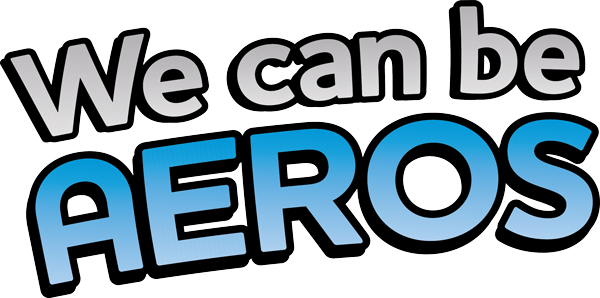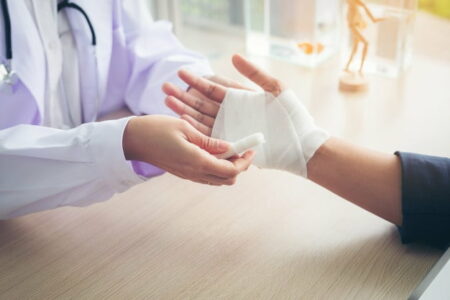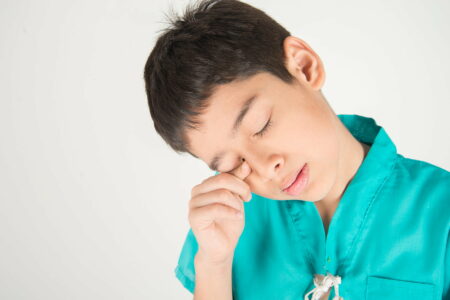Do you often cut yourself while chopping vegetables, or are your kids adventurous and prone to grazed knees or elbows? While these types of injuries can be irritating and painful, you can mostly tend to them yourself using basic first aid items.
Keep reading to find out how to treat different types of cuts, grazes, and gashes.
What kind of wound is it?
Cut:
A cut is a puncture to an area of skin, resulting in a separation of the connective tissue. Cuts are usually caused by sharp objects such as knives or the edge of a piece of paper. Oftentimes with cuts, bleeding can occur instantly and may be extensive.
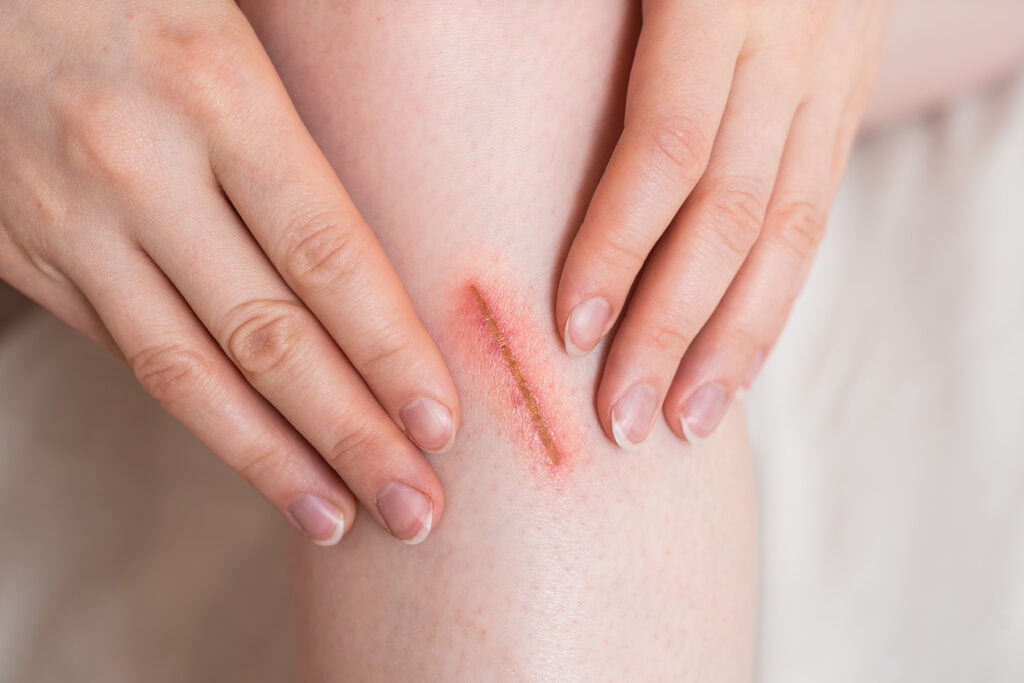
Gash:
A gash is a more severe cut that has caused deep-tissue penetration. In the event of a gash, you may require stitches to help the healing process and minimise scarring.
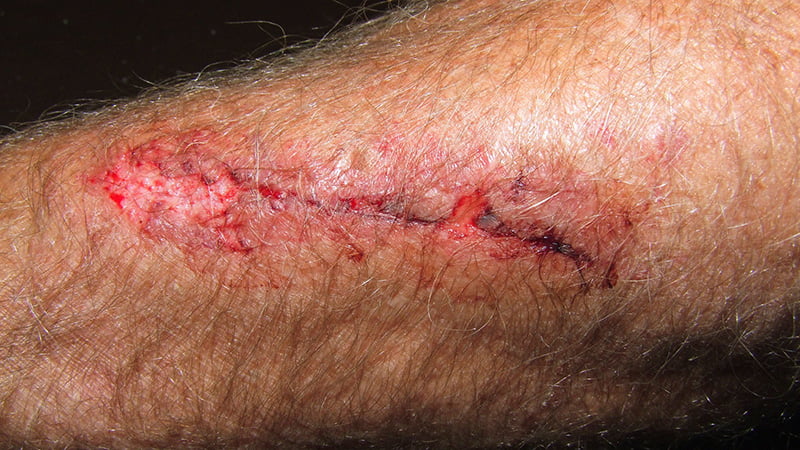
Graze:
A graze is an abrasion to the upper skin layer which occurs after falling on or scraping a rough surface. Grazes can be quite painful, because the injury extends to the nerve endings beneath the skin.
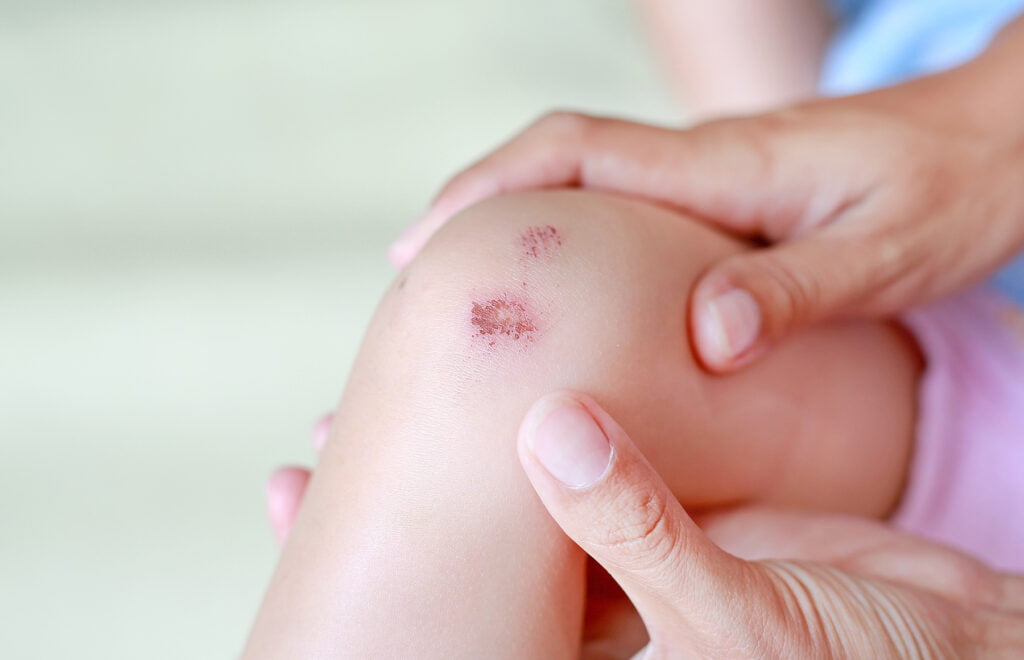
For a list of other wounds that you may come across at home, see here.
If you’re unsure about the severity of your open wound, contact your local GP. Contact 000, if you notice any of the following:
● Muscle or bone visibility;
● Immobilised joints or muscles around the injury;
● Debris that you can’t remove;
● Excessive bleeding;
● Numbness or tingling near the wound.
How to treat different types of cuts, grazes, and gashes
- Wash your hands using antibacterial soap, before you treat any wound. Harmful bacteria can easily penetrate a break or tear in the skin and cause infection.
- Gently rinse the wound with clean, lukewarm water. Clean a pair of tweezers with alcohol and use them to remove any fragments of dirt. Pat dry the surrounding skin with a clean cloth or towel.
- Apply an antiseptic to the cleaned wound to help protect it from infection and to assist in the healing process.
AeroAid Antiseptic is designed to relieve the discomfort associated with minor cuts and abrasions, minor burns, sunburn, insect bites, stings and itches.
- Cover the cut, graze or gash with a plaster bandage or dressing. This will protect the injury from friction, bacteria, and contamination – creating a healthy environment for the wound to heal.
Tip: Wash-proof bandages like AeroPlast Plastic Bandages are made with SupaSorb wound pads, which leave the injury site clean and comfortable – while the non-adherent film reduces the pain and site trauma when changing the dressing.
Is my wound infected?
If you are beginning to notice signs of infection – pus, swelling, redness, heat, pain, itching, or burning – contact a medical professional immediately. If your wound is infected, you’ll require specific medical treatment.
